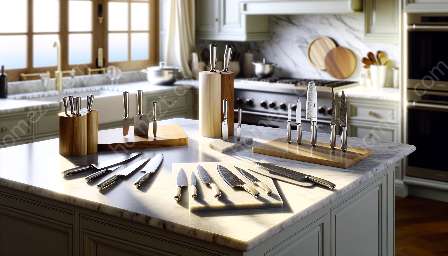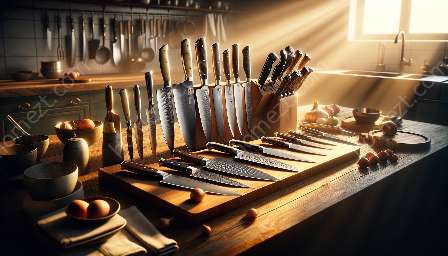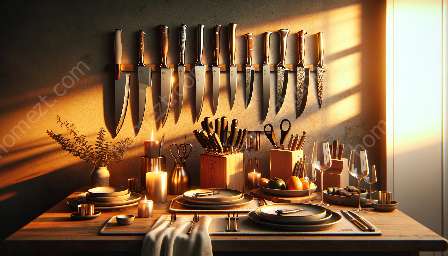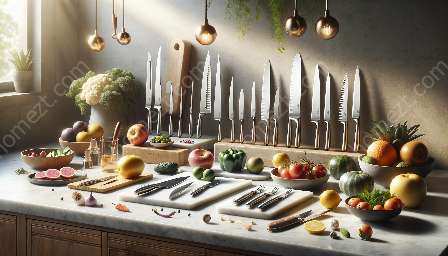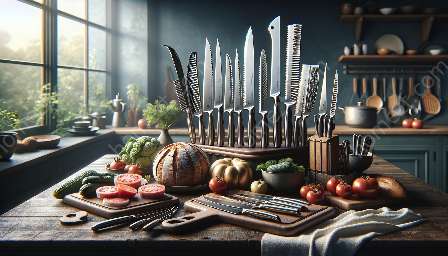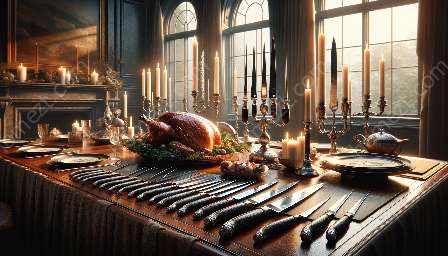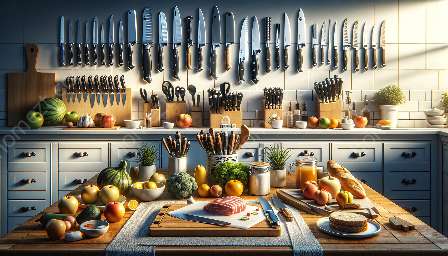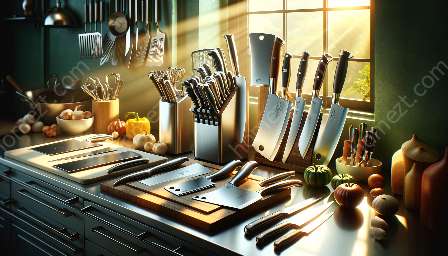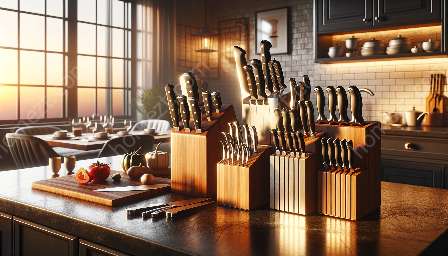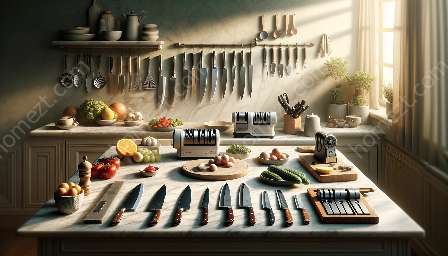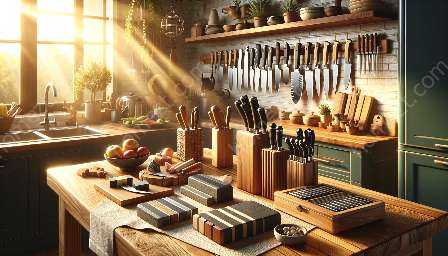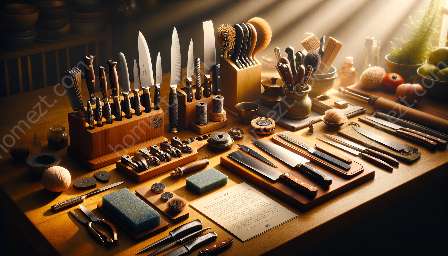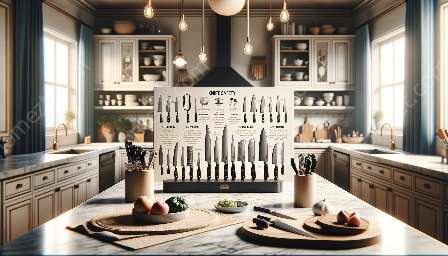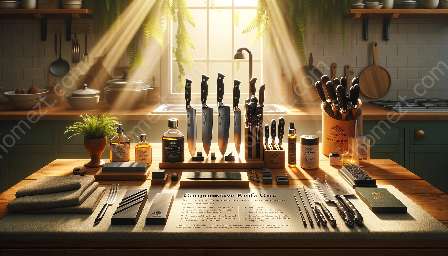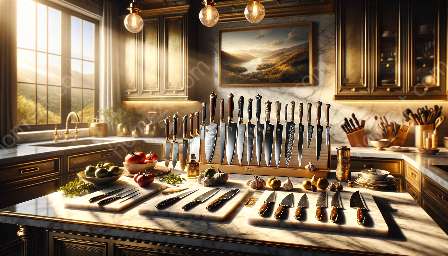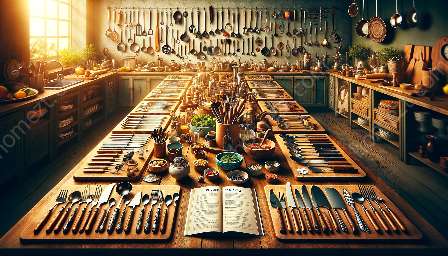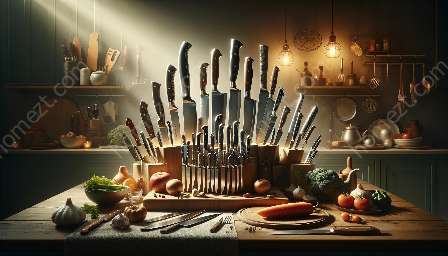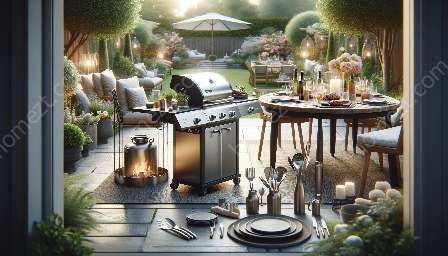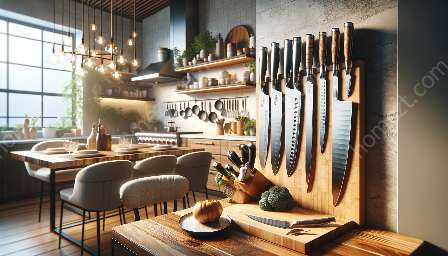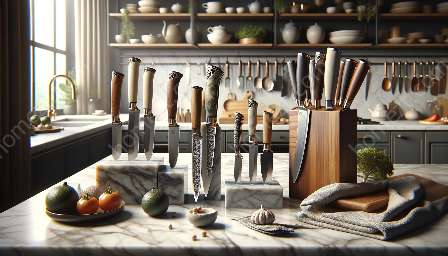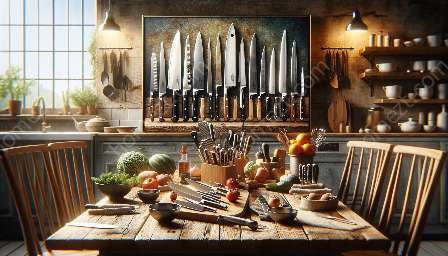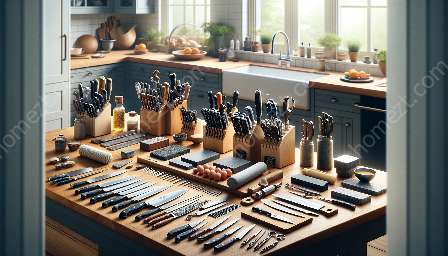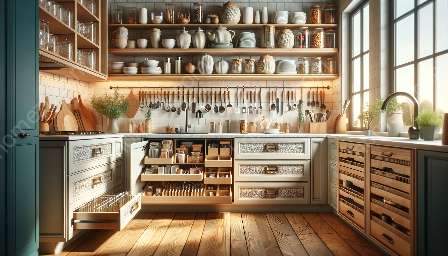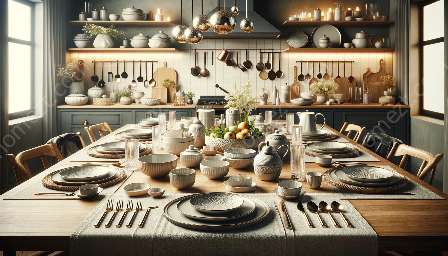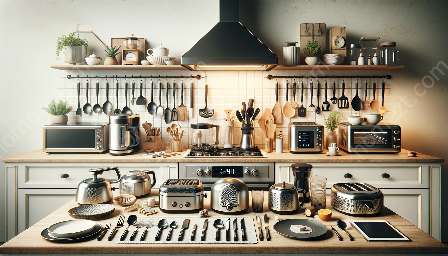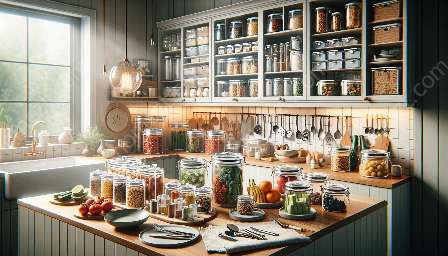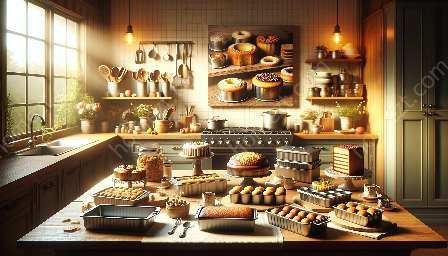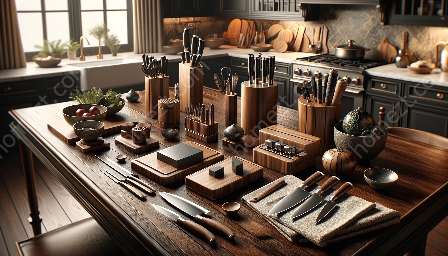A cleaver is a crucial tool in the kitchen, offering versatility and efficiency in handling various cutting tasks. From slicing meat to chopping vegetables, cleavers are a must-have for any aspiring or seasoned chef. In this comprehensive guide, we'll explore the diverse world of cleavers, their types, uses, maintenance, and how to pair them with cutlery for a seamless cooking experience.
Types of Cleavers
Before delving into the diverse uses of cleavers, it's important to understand the various types available:
- Chinese Cleaver: Also known as a 'chopper,' this broad-bladed cleaver is perfect for slicing, dicing, and chopping a wide range of ingredients. It's a versatile tool that excels in handling various cutting tasks in the kitchen.
- Meat Cleaver: With a thick, heavy blade, the meat cleaver is designed for chopping through bones and tough cuts of meat. Its sturdy construction makes it an essential tool for butchers and home cooks alike.
- Vegetable Cleaver: This lighter and more nimble cleaver is specifically designed for slicing and chopping vegetables with precision. Its thin, sharp blade allows for effortless cutting and mincing of different types of produce.
Uses of Cleavers
Cleavers are incredibly versatile and can be used for a wide range of tasks in the kitchen:
- Meat Preparation: Whether it's portioning large cuts, breaking down poultry, or trimming fat, a meat cleaver is an indispensable tool for any meat-related task.
- Vegetable Handling: From julienning carrots to chopping onions, a vegetable cleaver offers precise control and efficient handling of various vegetables.
- Bone Cutting: The strength and heft of a cleaver make it the perfect tool for chopping through bones, making it an essential tool for butchery and preparing bone-in cuts of meat.
Maintenance of Cleavers
To ensure that your cleaver remains in optimal condition, proper maintenance is key:
- Sharpening: Regularly sharpen the blade of your cleaver using a sharpening stone or honing steel to maintain its cutting edge.
- Cleaning: After each use, clean the cleaver thoroughly with warm, soapy water and dry it immediately to prevent rust.
- Storage: Store your cleaver in a knife block or on a magnetic strip to prevent damage and maintain its edge.
Pairing with Cutlery
Pairing a cleaver with other essential cutlery can enhance the efficiency and functionality of your kitchen:
- Chef's Knife: Combining a cleaver with a versatile chef's knife allows for seamless transition between heavy chopping tasks and delicate slicing and mincing.
- Boning Knife: When working with meat and poultry, pairing a cleaver with a boning knife provides precision in removing bones and trimming fat.
- Paring Knife: For intricate tasks such as peeling and detailed cutting, a paring knife complements the functionality of the cleaver.
Embracing the versatility of cleavers and pairing them with the right cutlery can elevate your culinary experiences and streamline your kitchen workflow. Whether you're a professional chef or a home cook, a well-chosen cleaver can become an indispensable tool in your culinary arsenal.

